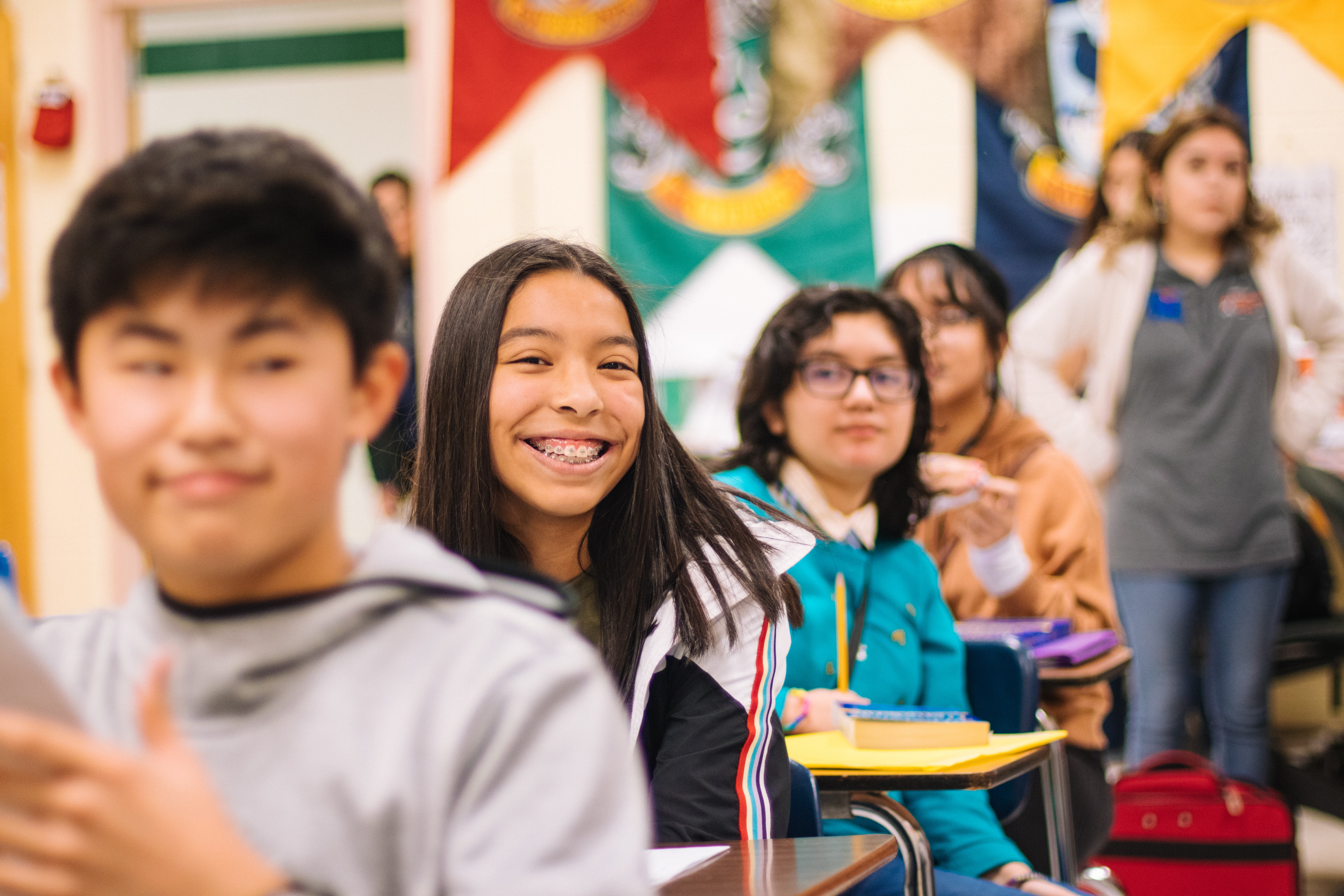The Connective Power of School Culture During the Pandemic
Students’ connection to school is more important than the solitude they feel at home

Never has school culture been more important for cohesion and community than during the pandemic.
For a firsthand view into the power of school culture, I spoke with Shomari Jones, director of Equity and Strategic Engagement for the Bellevue School District in Washington state. The district, about 8 miles from Seattle, serves about 20,000 students, and is multiculturally diverse with 64% students of color plus a large Asian subpopulation. School is remote except for 130 students with special needs who are served in person.
Jones was grateful that the district superintendent, Ivan Duran, encouraged staff to have grace in supporting students right from the start of this unprecedented school year. “He told us, ‘If you need to take the first couple of weeks just to build community in your classroom spaces just to build familiarity, even if you don't get to the content in the curriculum that yet, let's build a space where students can begin to feel comfortable with the circumstances that they're being thrusted into in this year,’” Jones said.
Missing the in-person learning environment
As an example of the collaborative culture in the district, Shomari brings student voice into the center of the district’s conversations and operations. “Ninety-plus percent of our students said that they really missed the school environment, one in which they could clap and slap hands with other students down the hallway, and in their education attainment spaces, raise their hands and get questions answered immediately or break out into small-group learning and expect to be able to see and hear from other students,” says Jones.
Despite some students having reported racial oppression in school, they still reported that their connection to school--and the teachers and adults there--was more important than the benefits of learning remotely, such as solitude and independence.
To provide students with a stronger connection and support while they learn remotely, the district has adapted its practices and schedules, such as recording class sessions, which frees students to attend to younger siblings or learn at a time when they have access to the home computer. “That student can now go back and review what they've missed and engage in a manner that allows him to still feel like they were a part of the classroom conversation or environment,” says Jones.
Like most districts, Bellevue has designated Wednesdays as asynchronous learning time with no formal classes so students can schedule one-on-one learning appointments with teachers. “Virtual learning has posed a big challenge for some students, especially for those who are not particularly vocal or who tend to have fewer experiences of raising their hands in public,” says Jones. “Asynchronous Wednesdays, for some, have proved to be a space in which they feel affirmed and a little bit more closely connected to how to successfully get through the rigor of academics as it has changed for them.”
Tools and ideas to transform education. Sign up below.
A flexible future
Being guided by the voices of students, families, and the community has been the top lesson for the district, Jones says. To increase engagement, for example, the district frequently sends one-question surveys to families via the district SMS.
Jones suggests districts reconsider legacy regulations and policies to focus on affirming and supporting families, creating a safe learning environment for students, and inviting parents to be part of the student success process. He also suggests that school staff should each have a personal central goal for the year that furthers their mission. Quantitative data should also be balanced with voices, faces, and stories to guide the schools’ promises to their communities, Jones adds.
As school culture is reimagined post-COVID, Jones’ vision is to create choice in learning modality. “Everyone has different desires for how they learn,” Jones says. “Students are not the same person from day to day and from class to class. So why should they be locked into one modality or another without having that flexibility? Having flexibility sounds like a healthy thing for the school and definitely a healthy thing for individuals.”
It’s this kind of stakeholder-first vision that is embraced in a strong collaborative school culture.
Dr. Cathy Cavanaugh is Chief Experience Officer and Research Scientist in the Lastinger Center for Learning at the University of Florida. Her experience includes leading a statewide education transformation initiative and launching a virtual school in Western Australia; higher education leadership and research in the Middle East during a national mobile learning program; and work as a professor and researcher in educational technology in U.S. universities; as well as school teaching and leadership.
